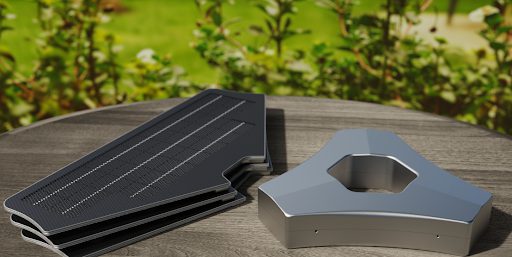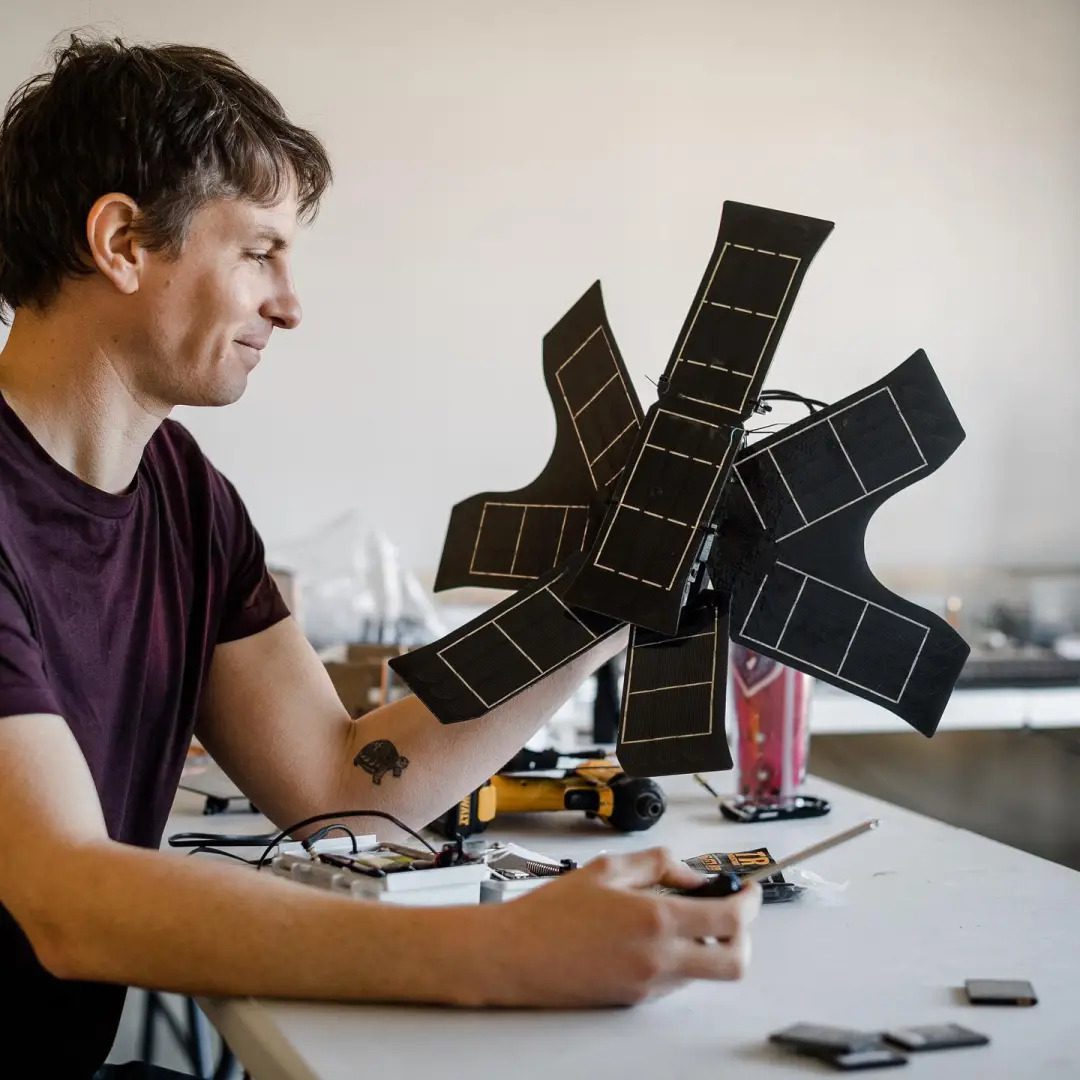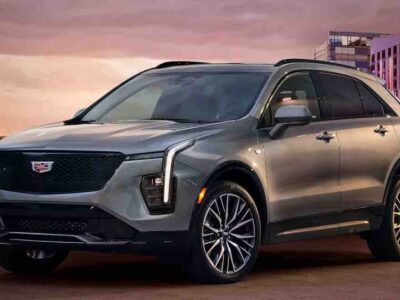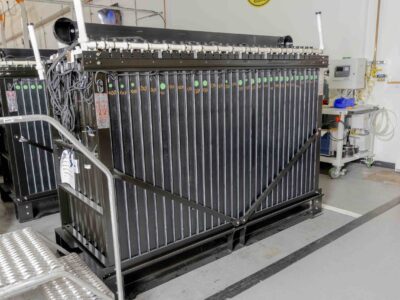Topher White is one of the leaders in artificial intelligence (AI)-based nature conservation. He started a unique nonprofit called Rainforest Connection (RFCx) in 2014. Using a homemade sound analyzer and upcycled cell phones, the organization significantly reduced illegal activity in the jungles of Latin America, Africa, and Indonesia.
Called Guardians, the technology is powered by solar panels and installed in towering trees. The microphones in cell phones can pick up sounds throughout the forest. White used the devices to prevent illegal logging, a problem that has plagued the Amazon rainforest for decades.
Using AI software called Arbimon, the RFCx team can analyze sound patterns to detect chainsaw buzzes and animal species.
According to the organization’s website, the impact of its work has been widely felt. More than 3,200 species of animals have been recorded for automatic detection in Arbimon. Of that, 292 were endangered or vulnerable, and over 640 species were automatically detected in real-time. Thanks to some assistance from Google AI, Guardians has reduced illegal logging, protected Tribal lands, and aided in species recognition in 35 countries.
Now, White is bringing this technology to our backyards. His latest product, Delta by Squibbon, aims to provide consumers with educational opportunities about conservation at home. The Business Download spoke with White about Delta’s upcoming launch and how it will help paint narratives about protecting nature.

TBD: Topher, thank you very much for chatting with me today! Can you take me through how AI has helped with nature conservation? You said you can analyze the sounds of the forests and make conclusions based on them.
Topher White: The idea is that you have a tremendous amount of audio; you need to be able to pick up things like chainsaws or animal sounds. You run it through a detection and filtering mechanism. We’ve been doing that for a long time, but I think our major innovation was Arbimon. It’s extremely good at creating data sets for new models.
By combining pattern matching recognition to create training sets very quickly from just a little bit of time from the [team] scientist, you can add species to the list overall.
You can get into self-enforcing models that can detect new species we haven’t heard before, or at the very least, add species to the models that haven’t been trained on over time. We hope to gather models that can detect and differentiate every species on Earth.
TBD: You mentioned the new Delta technology is targeting the consumer market. Does that mean Guardians will still mostly be used for rainforest protection efforts?
White: Correct, and we’ll replace Guardian at some point, but it’s a pretty big proposition to put something up in the rainforest. Delta is brand-new, so we want to test it first before we do that.
TBD: When did you decide to use solar panels to power both Guardians and Delta?
White: I’d say it was at the very beginning. I knew they had to be powered; I was like, “Oh, we use solar panels.” But forests are actually quite dark. And trees are really great at growing into all the [canopy] gaps. We were screwed for a while, trying to figure out how to get around that.
Eventually, we got into climbing trees and built a new kind of solar panel that was a little better adapted to what was up there. I could go on about solar panels for a whole day — I love them.

TBD: Can you describe how Delta will work and create these narrative-driven lessons on conservation?
White: Sure thing. You put the device in your backyard, you install it on your balcony, or you take it camping and set it up at the campsite. The moment you put it up, take your phone and put it right in between the device. You turn the phone around, take a simple panorama of 360 degrees, or at least as much as the phone is able to see.
At this point, you’ll be able to map your yard just based on that image and say, “Oh, that’s the bench, that’s the oak tree, that’s the fence, front door, etc.”
So, as you leave it there, when animals come through, three microphones work together to locate the animals within your yard. You’ll be able to listen in live and also in the reports. Those all become data points in the system that are within a timeline.
Then we’ll make use of generative AI to take those data points of animal occurrences and weave imaginative stories, stories that take a lot of creative freedom but are still tied back to legitimate animal visits in your backyard.
Say a new animal shows up, you get the chance to name it, i.e., Stephanie the Skunk or Roger the Crow. We essentially use an LLM [Large Language Model] to tell stories based on themes you feed it.
So you can be like, “Oh, I’d like my child to have a story.” It’s probably going to take place over three or four days, with a new chapter every night based on animals that got to come through. So you could take a photo of something like “Where the Wild Things Are,” and it becomes that through Delta.
Delta by Squibbon launched on April 7, 2023. The company provides a video giving more details on the product. White’s new venture will help people understand how intriguing nature is. With greater respect for the natural world, we may be more inspired to do to save it.





